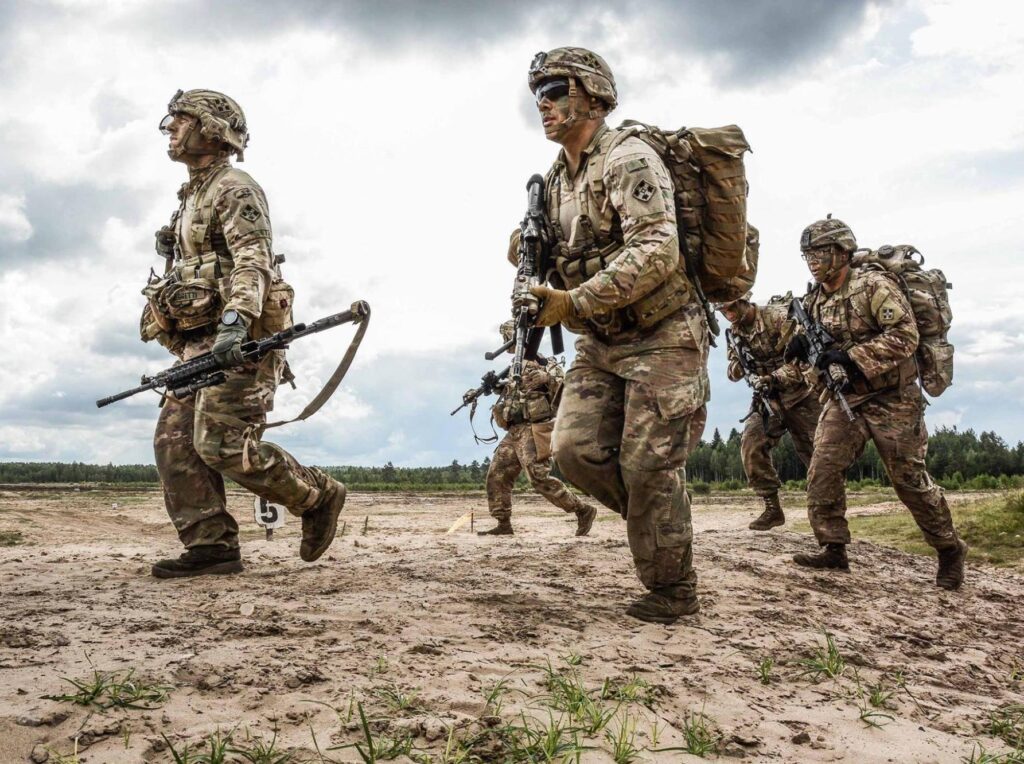In the realm of military training and education, simulation and wargaming serve as invaluable tools for honing tactical decision-making skills. These tools allow military leaders to explore different strategies and scenarios in a safe and controlled environment before applying them in real-world situations. By providing a realistic and interactive platform for military personnel to practice and refine their skills, simulation and wargaming contribute to enhancing overall military readiness and effectiveness. Through teamwork and communication, these tools promote collaboration among military units, ultimately leading to improved outcomes in the field. In essence, simulation and wargaming are essential components in shaping tactical decision-making and ensuring the success of military missions.
Introduction
Military simulation and wargaming have long been used as tools to train and educate military personnel in tactical decision-making. These tools bridge the gap between theoretical knowledge and practical application, allowing military leaders to test different strategies and scenarios in a controlled environment before implementing them in real-world situations.
The Role of Simulation and Wargaming
Simulation and wargaming are essential components of military training and education. They provide a realistic and interactive environment for military personnel to practice and refine their decision-making skills without putting lives or resources at risk. These tools can be used to simulate a wide range of scenarios, from small-unit tactics to large-scale military operations, allowing military leaders to explore different approaches and outcomes in a safe and controlled setting.
Benefits of Simulation and Wargaming
There are many benefits to using simulation and wargaming in military training. These tools allow military personnel to test their decision-making abilities in a variety of scenarios, giving them valuable experience and insight into the complexities of modern warfare. Simulation and wargaming also promote teamwork and communication among military units, as they must work together to achieve their objectives in a simulated environment.
Practical Application
Simulation and wargaming have a direct impact on tactical decision-making in real-world situations. By allowing military leaders to test different strategies and scenarios before implementing them in the field, these tools can help minimize risks and maximize the effectiveness of military operations. The insights gained from simulation and wargaming can also inform the development of new tactics and strategies, improving overall military readiness and effectiveness.
Conclusion
From theory to practice, military simulation and wargaming play a crucial role in shaping tactical decision-making in the military. These tools provide a realistic and interactive environment for military personnel to test and refine their skills, ultimately enhancing their ability to make effective decisions in the field. By using simulation and wargaming to bridge the gap between theory and practice, military leaders can better prepare for the challenges of modern warfare and ensure the success of their missions.
